Bear Gulch, Montana / Ancient Plains Native American Art
On a very warm day, five of us squeezed into the ranch pickup with a cracked windshield and a grey lab in the truck bed. It would not have been a Montana ranch pickup without the cracked windshield and the dog. The Princess and I were riding with Ray, the owner of the Bear Gulch site and two other people as we began our tour of this uniquely amazing and sacred place.
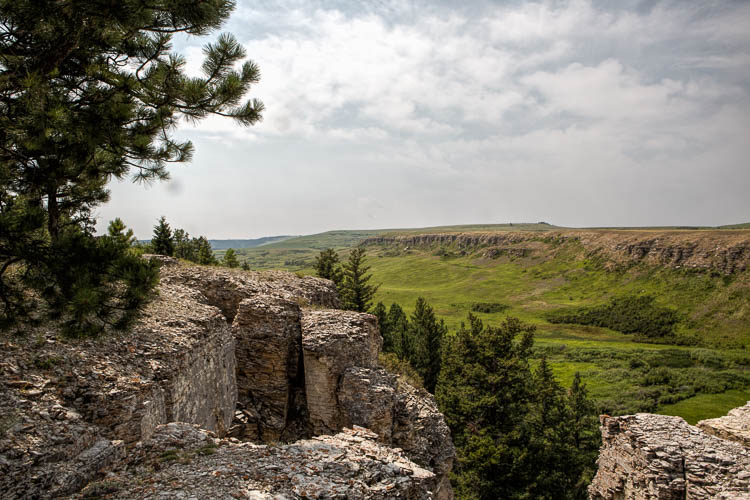
Bear Gulch is on a private ranch in central Montana near Lewistown at the end of a 15 mile gravel road. It is the location of the largest known collection of plains Indian petroglyphs and pictographs. There are over 4,000 pictures carved or painted in this one area. The land has been in the Ahlgren family for almost 100 years and is now protected now so the only way to see this site is on a guided tour.
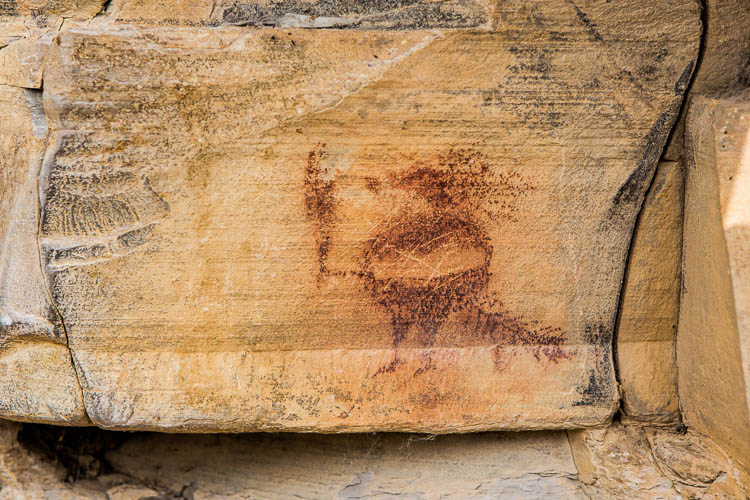
Ray, the owner, prepared us for what we would see as we drove into a beautiful canyon. The rock art, dating back to 1000 AD, is on a section of a cliff face about a half mile long in Bear Gulch. The most recent drawings are dated back about 600 years. Bear Gulch was a sacred site to the Indians and each picture represented an important event in the artist’s life or important important person. An interesting observation is that there is no depiction of battles or war as there is in many other sites. It is believed that this particular canyon was more spiritual in nature.
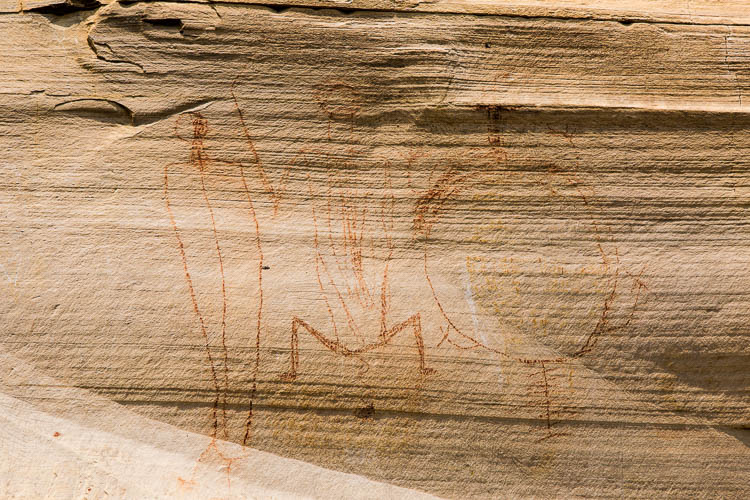
An historic wagon trail passed very near to this this location which lead to relatively modern names carved or drawn on the rock face as well. The earliest “modern” name we saw was Danny Sanford who wrote his name on the wall with charcoal in 1827.
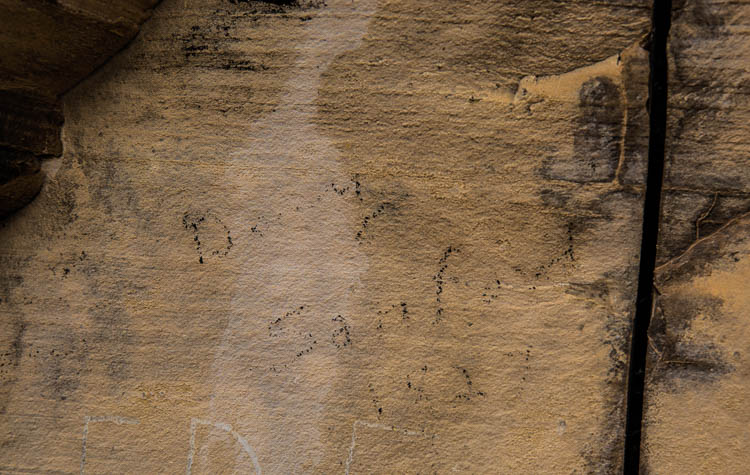
We have seen rock art before, when we visited Writing on Stone Provincial Park in Alberta, CA last year. We thought the rock art at Writing on Stone was impressive but it does not compare to Bear Gulch. After a few steps into our tour, we saw a pictograph that took our breath away.

The color was still vivid and the drawings were only inches away from us. As it turns out, many of the pictures are very well preserved, probably due to the fact this area was in private hands for so many years. Some of the drawings very large, eight or nine inches in diameter. The etchings were also very clear, as if they were carved into the stone only a few years ago. One of the smallest carvings is about the size of a finger nail.
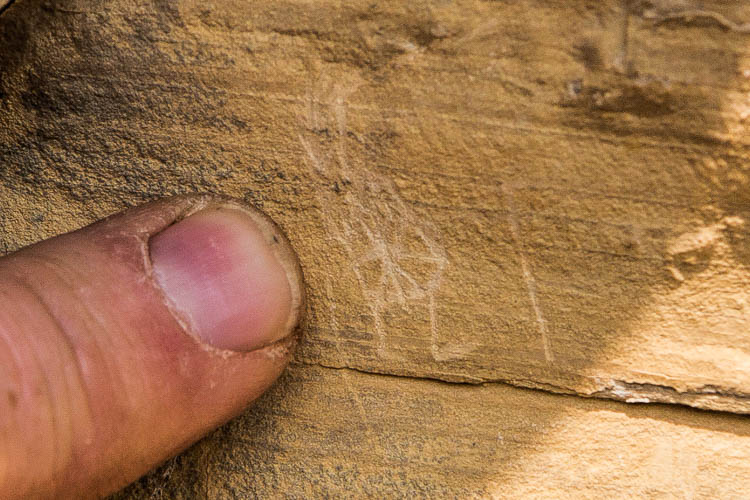
Aside from the rock art, a number of fossils have also been found in Bear Gulch. This is a fossil of a fish that is estimated to be millions of years old. It is the only complete fossil to be found for this particular type of fish. It was recovered only a few years ago as Ray was walking on his property. The other half of this fossil is on loan to the Smithsonian.
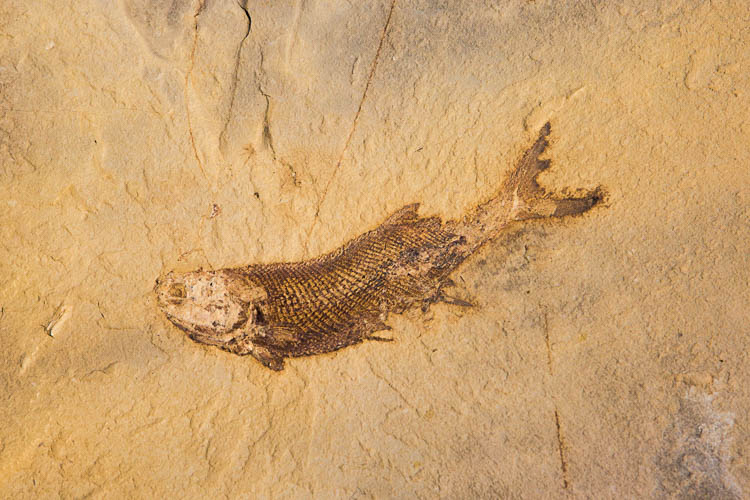
There is a nominal charge for the two-hour tour which the time just flies by. Ray is very knowledgeable and explained the meaning, as best as archaeologists can determine, of each picture. Several are thought to be related to the winter solstice. We were fortunate to be there on a slow day so only two other people accompanied us on the walk through the canyon. Ray talked to us for over three hours, answering all of our questions and patiently pointing out important parts of each picture. This appears to a labor of love for him. His deep respect and appreciation of this ancient native American site is very infectious. http://www.beargulch.net/ I know that I will have to go back in a couple of years to hear what new ideas may have been developed explaining what went on here a thousand years ago.

Dennis




